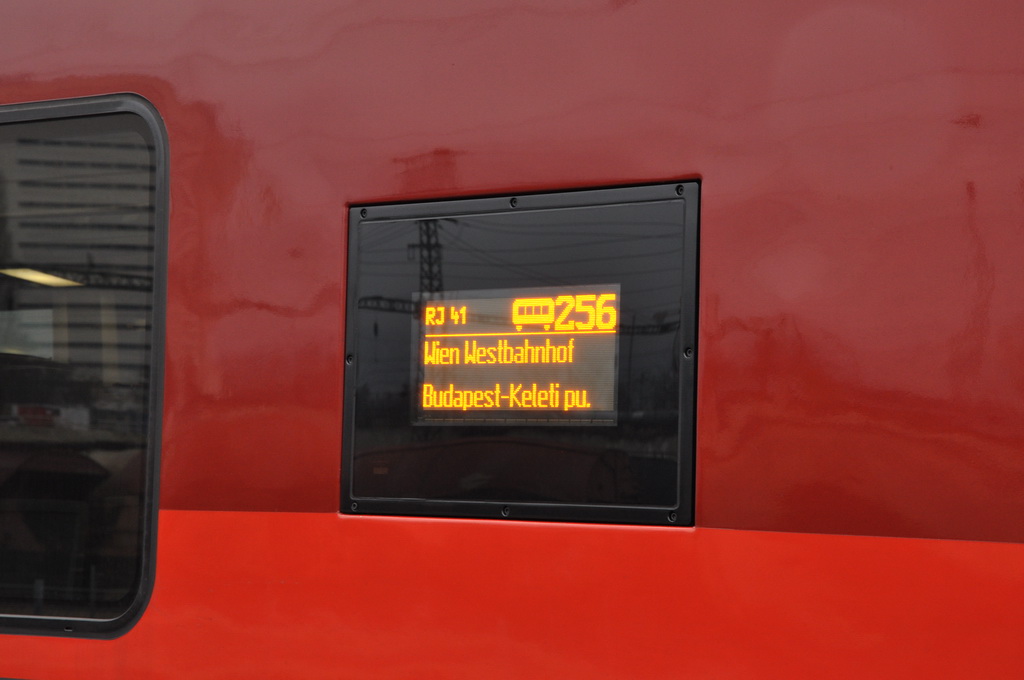The railway structure both in terms of pricing and network is very different in the Alpine countries than in Germany. Broadly speaking in these countries, it's expected that passengers will not plan their journey based on price, but that they'll just show up when they want to travel and take the next appropriate train.
While there is some tariff discretion and there are some discount advance purchase tickets tied to specific trains, these forms play a much smaller role and passengers are allowed to take most any train that is getting them to their destination with most any ticket. Hence the system expects customers to look at the board and find the highest speed train that will get them to their destination. It's expected that customers know the hierarchy (Austria) of fastest to slowest trains and choose accordingly (depending on which are departing next). So the type S, R, RJ, ICE, etc. is deemed more important than the train number. You can read about the Austrian fare exceptions that do require you to take a specific train under the same link.
It's expected that customers generally know routes of trains (likely because there are fewer lines), or can figure out which departure they need based on time since there are fewer major stations, and most of the major stations are terminuses. Otherwise as these railways are generally better staffed than in Germany it's expected that there is staff to help customers find the correct train.
The train numbers ultimately are usually on the train doors, although that might be a bit late if you realize you're in the wrong spot to board a train a short stop in a intermediate station.

